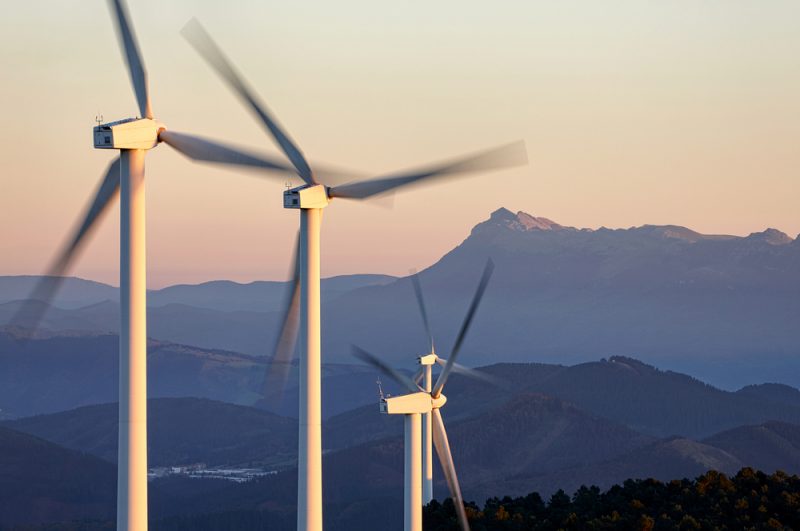Illinois Commerce Commission considers wind energy impact on state

Responding to the potential for wind energy’s greater use in the state of Illinois, the Illinois Commerce Commission (ICC) held a policy session last week to examine its impact on the state’s electric grid, economy, and environment, as well as obstacles for growth going forward.
The session was broken down into several panels. One discussed the benefits and challenges of interconnecting and integrating wind energy into the grid, while a second addressed the positives wind energy has brought to energy costs and emissions reduction. The third focused on the legal and policy considerations necessary to move wind energy’s use forward. A variety of experts were brought in for the panels.
“Wind energy is one of the fastest growing sources of renewable energy in the United States and, in 2017, provided more than six percent of Illinois’ electric generation,” ICC Acting Commissioner Anastasia Palivos said. “The state still has more wind power potential, and about 600 megawatts of additional capacity is either under construction or in advanced development. Development of wind assets can reduce CO2 and strengthen our economy through job creation and savings on energy-related costs.”
Among those matters discussed were the benefits of integrating wind energy into the grid, from the stabilization of energy costs to the increased resiliency of that grid. Wind farms, it was noted, must remain close to existing infrastructure to make them economical — a limiting factor that may promote more transmission build in the future. Panelists also considered how exactly wind projects have contributed to the Illinois economy and its reduction of emissions, along with the laws like the Future Energy Jobs Act (FEJA) which have driven its development in the state.
“Embracing Illinois’ huge potential for wind power will lead to economic growth, investment and cleaner air,” Christie Hicks, senior attorney and manager for the Environmental Defense Fund, said. “Policies like time-of-use electricity rates, markets that appropriately value wind energy, and thoughtful transmission planning can help bring those benefits to bear.”
